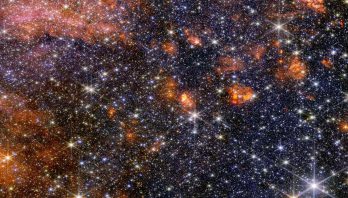
NASA’s Webb Explores Largest Star-Forming Cloud in Milky Way
NASA’s James Webb Space Telescope has revealed a colorful array of massive stars and glowing cosmic dust in the Sagittarius ...
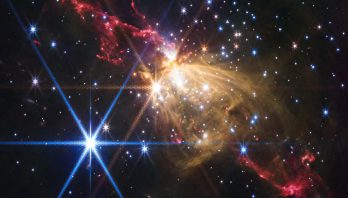
NASA’s Webb Observes Immense Stellar Jet on Outskirts of Our Milky Way
A blowtorch of seething gasses erupting from a volcanically growing monster star has been captured by NASA’s James Webb Space ...
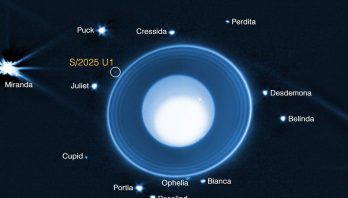
New Moon Discovered Orbiting Uranus Using NASA’s Webb Telescope
Using NASA’s James Webb Space Telescope, a team led by the Southwest Research Institute (SwRI) has identified a previously unknown ...
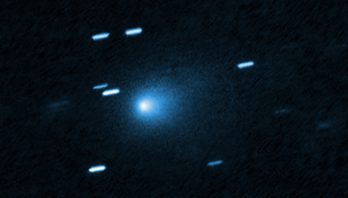
As NASA Missions Study Interstellar Comet, Hubble Makes Size Estimate
A team of astronomers has taken the sharpest-ever picture of the unexpected interstellar comet 3I/ATLAS using the crisp vision of NASA’s Hubble Space ...
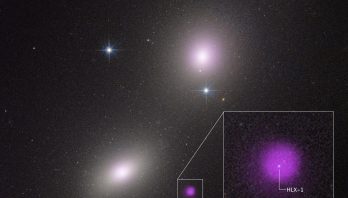
NASA’s Hubble, Chandra Spot Rare Type of Black Hole Eating a Star
NASA’s Hubble Space Telescope and NASA’s Chandra X-ray Observatory have teamed up to identify a new possible example of a rare class of black ...
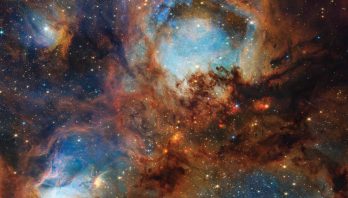
NASA’s Webb Scratches Beyond Surface of Cat’s Paw for 3rd Anniversary
It’s the cat’s meow! To celebrate its third year of revealing stunning scenes of the cosmos in infrared light, NASA’s ...
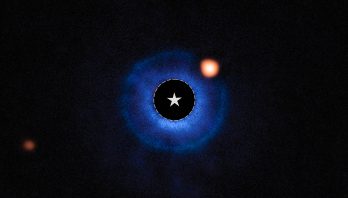
Likely Saturn-Mass Planet Imaged by NASA Webb Is Lightest Ever Seen
Astronomers using NASA’s James Webb Space Telescope have captured compelling evidence of a planet with a mass similar to Saturn ...
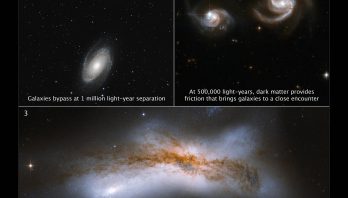
Apocalypse When? Hubble Casts Doubt on Certainty of Galactic Collision
As far back as 1912, astronomers realized that the Andromeda galaxy -- then thought to be only a nebula -- was headed ...
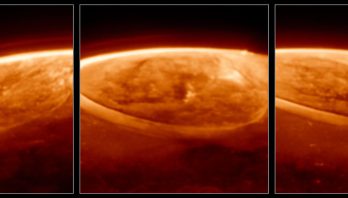
NASA’s Webb Reveals New Details, Mysteries in Jupiter’s Aurora
NASA’s James Webb Space Telescope has captured new details of the auroras on our solar system’s largest planet. The dancing ...
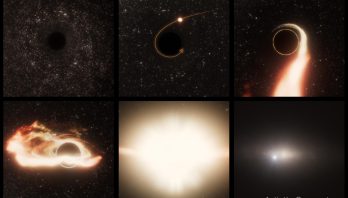
NASA’s Hubble Pinpoints Roaming Massive Black Hole
Lurking 600 million light-years away, within the inky black depths between stars, there is an invisible monster gulping down any ...
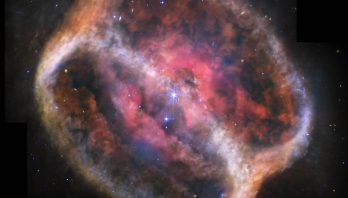
With NASA’s Webb, Dying Star’s Energetic Display Comes Into Full Focus
Gas and dust ejected by a dying star at the heart of NGC 1514 came into complete focus thanks to ...

20-Year Hubble Study of Uranus Yields New Atmospheric Insights
The ice-giant planet Uranus, which travels around the Sun tipped on its side, is a weird and mysterious world. Now, ...
